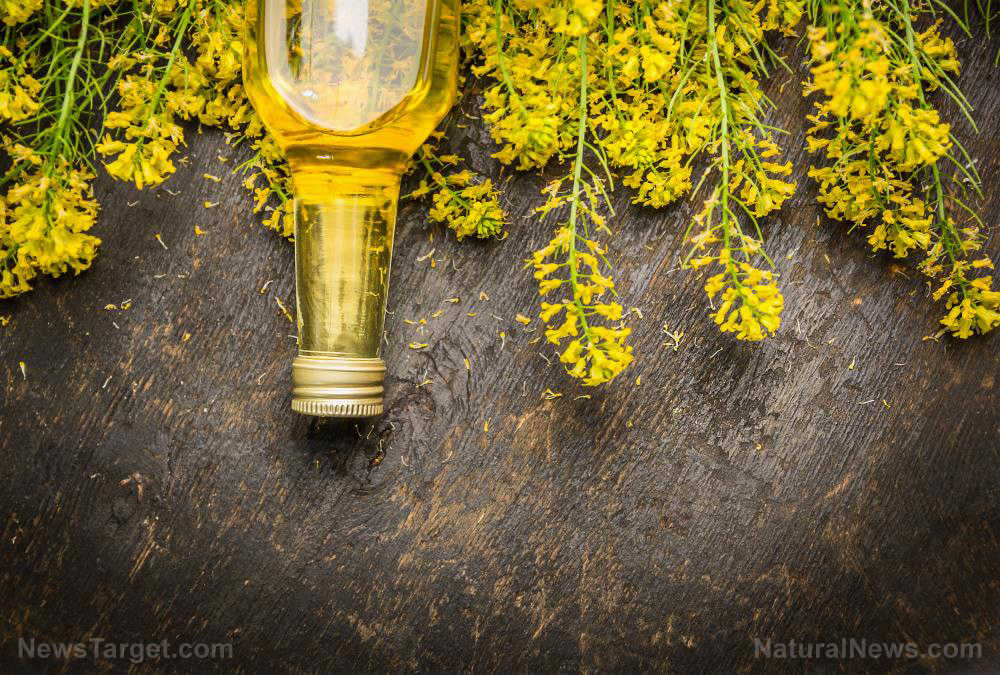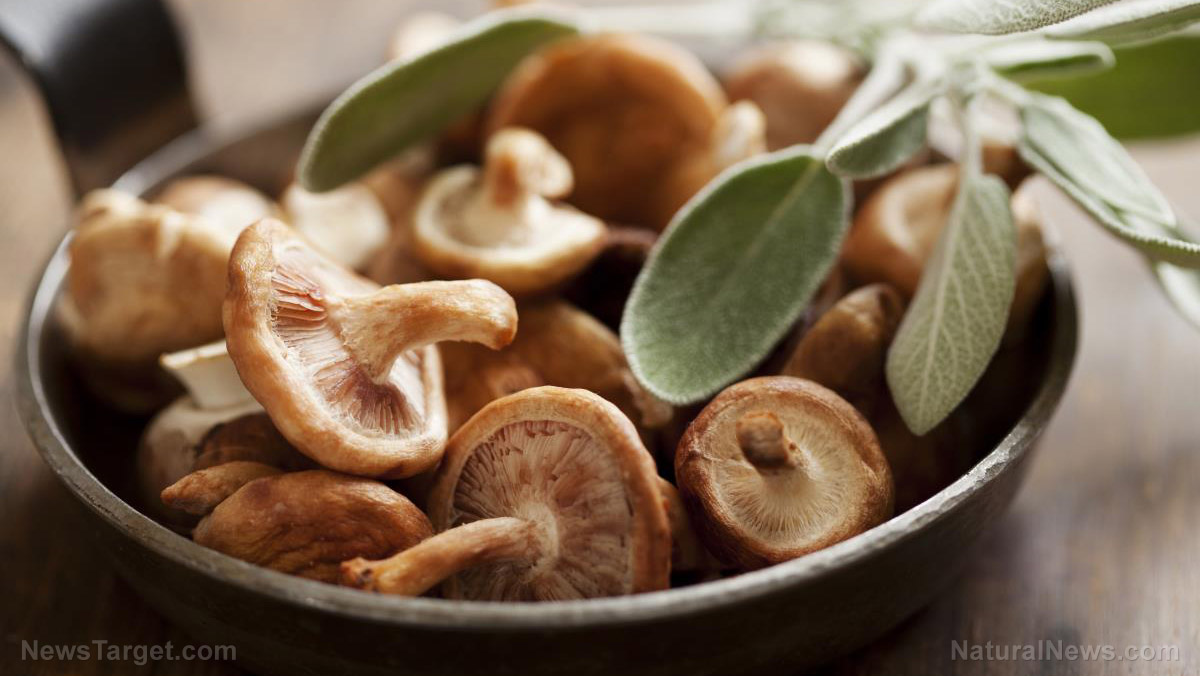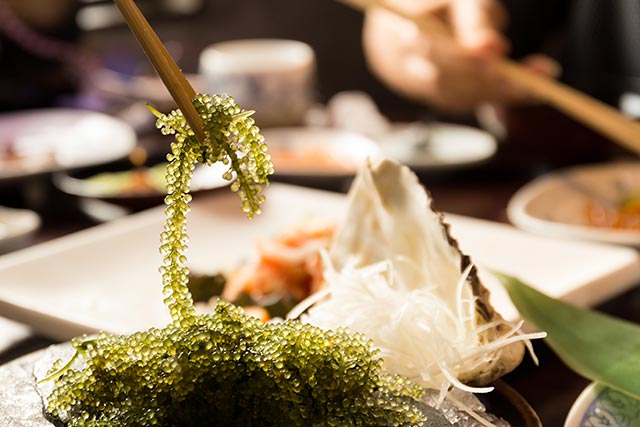Adding magnesium sulfate to rice found to increase its anthocyanin content
04/23/2019 / By Ralph Flores

Rice (Oryza sativa) is a crop that’s prized the world over. It’s a staple for over half the world’s population, making it one of the most important cereal grains in the world. For something that’s present on a lot of dinner tables, however, it’s also known for being notoriously full of carbohydrates. A 100 g serving of cooked white rice is nearly 70 percent water and has at least 30 g of carbohydrates. Indeed, it’s a cause for concern for most people, given how much people eat it. But researchers from Thailand’s National Science and Technology Development Agency (NSTDA) have found a way to make this well-loved staple a lot healthier by treating it with magnesium sulfate to boost its anthocyanin content.
“More anthocyanin than blueberries”
For the study, researchers used the Hom Nil rice cultivar, better known as Thai black rice. Earlier studies on the nutrient profile of black rice have been promising. In a separate study presented at the American Chemical Society’s national meeting, researchers from Louisiana State University (LSU) noted that a spoonful of black rice contains more anthocyanin than a similar serving of blueberries.
Anthocyanin is the flavonoid responsible for the deep pigmentation of red, purple, and blue plants – like berries, tomatoes, cherries, and pomegranates. This flavonoid is also known for its potent antioxidant properties, which help the body fight free radicals and protect cells from damage. It also possesses anti-inflammatory, antiviral, and even anticancer benefits. (Related: Nutrition discovery: Black rice rivals blueberries as source of healthful antioxidants.)
For the LSU researchers, this meant that black rice not only provides the body with more anthocyanin, but it can also do so with less sugar and more fiber and vitamin E.
“If berries are used to boost health, why not black rice and black rice bran?” asked co-author Zhimin Xu of LSU’s food science department. “Black rice bran would be a unique and economical material to increase consumption of health-promoting antioxidants.”
Boosting anthocyanin content with Epsom salt
The NSTDA study, on the other hand, looked at ways to boost the anthocyanin content of black rice during crop growth and development. In their paper, which was published in the journal Archives of Agronomy and Soil Science, the researchers investigated the efficacy of treating the crops with magnesium sulfate to improve its antioxidant content. Magnesium sulfate, more commonly referred to as Epsom salt, is already used in agriculture to address magnesium-deficient soil. The Food and Drug Administration categorizes magnesium sulfate to be generally recognized as safe (GRAS) and allows its use as a nonsynthetic ingredient in organic crops.
To test their hypothesis, the researchers treated Hom Nil rice plant samples with a foliar spray of magnesium sulfate, then grew them under 16 C for nearly a month. While the plants exhibited stunted growth and diminished yields, on account of its reduced photosynthetic ability, leaf tissues that were treated had increased magnesium levels, as well as stable levels of anthocyanin. In particular, the researchers found anthocyanin (peonidin-3-O-glucoside) on the bran of the rice grain.
“The study concludes that Mg-enrichment may play a key role as a metalloid in stabilizing anthocyanin, a secondary metabolite in the leaf sheath tissues and pericarp of grains in ‘Hom Nil’ rice cultivar,” the researchers concluded in their report.
Learn more about other ways to naturally fortify crops at Harvest.news.
Sources include:
Tagged Under: agriculture, anthocyanin, antioxidants, epsom salt, farming, food science, fortified food, harvest, Magnesium sulfate, rice, soil health, soil nutrients, Thai black rice, white rice



















